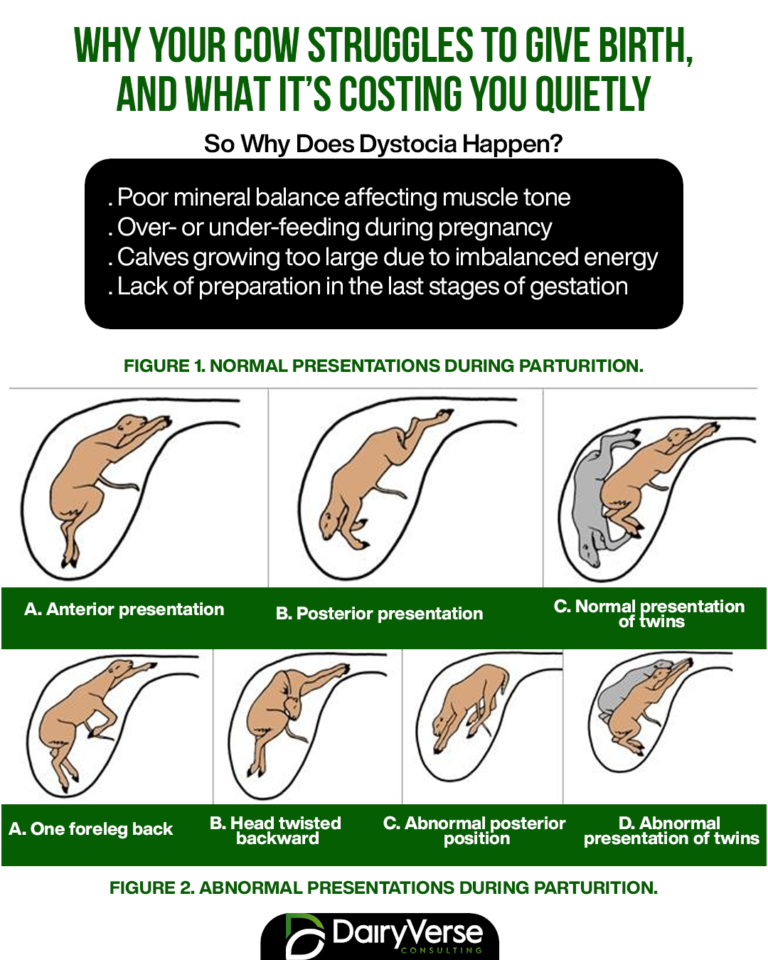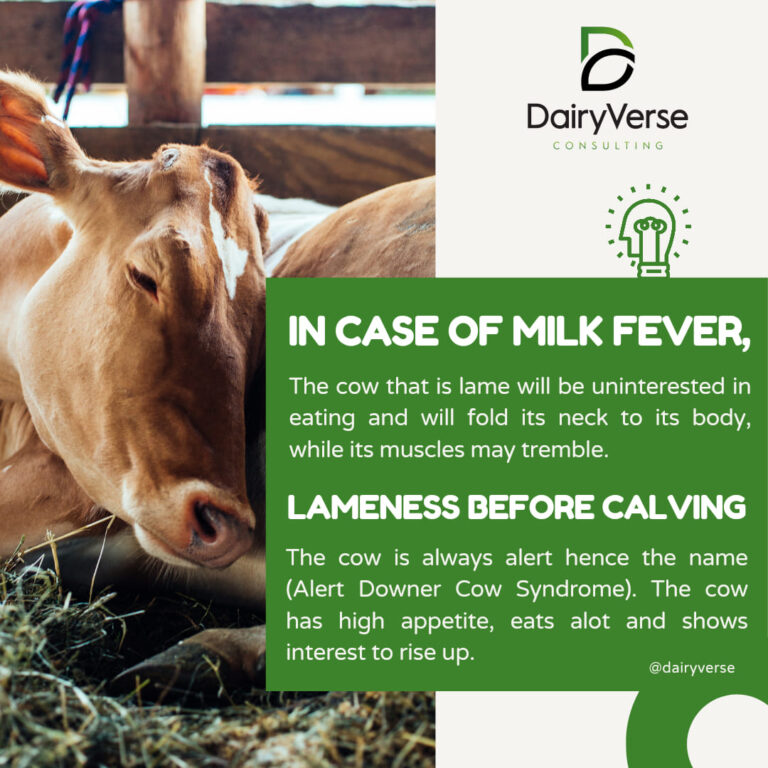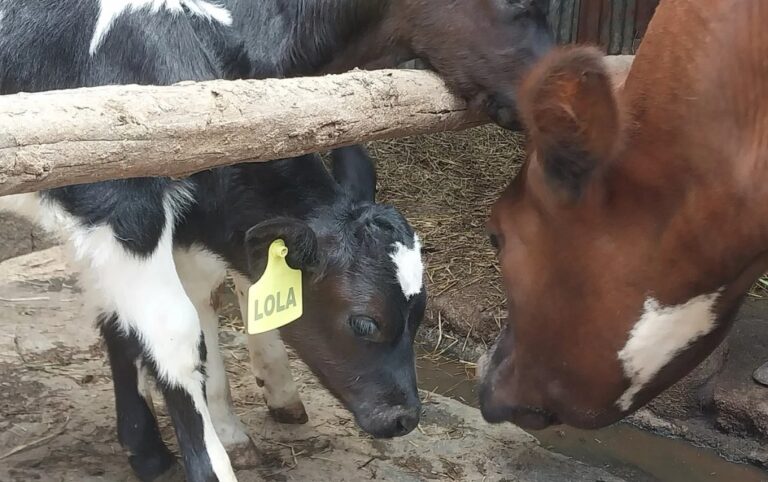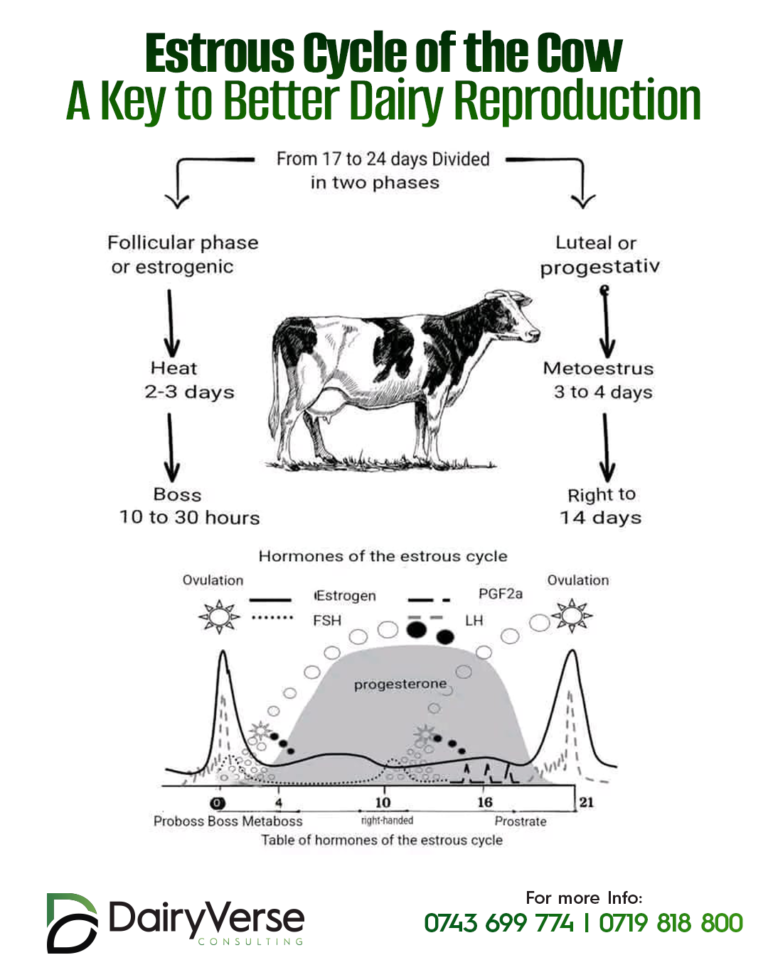Maximizing Profits in Dairy Cattle Production: Expert Strategies for Success
Understanding Heat Signs for Optimal Breeding
Recognizing heat signs in dairy cattle is a crucial aspect of optimizing breeding efficiency. The identification of these signs directly impacts the reproductive success of a herd, leading to increased milk production and enhanced profitability. A dairy cow typically exhibits various behavioral changes during her estrous cycle, which lasts approximately 21 days. It is essential for producers to understand and monitor these signs to capitalize on breeding opportunities.
Key indicators of heat include heightened activity levels, restlessness, and increased vocalization. Cows in heat often exhibit a desire to mount other cows, along with a visible discharge of clear mucus from the vulva. Additionally, a drop in milk production can signal the onset of estrus. Tracking these behaviors allows producers to determine the most opportune time for artificial insemination or natural breeding.
Physical symptoms can also provide insight into a cow’s reproductive status. For instance, swelling and reddening of the vulva are prominent signs of heat. Furthermore, observing changes in body posture, such as standing still when mounted, aids in recognizing when a cow is in estrus. To enhance breeding frequencies, expert recommendations suggest implementing systematic monitoring techniques, such as the use of estrus detection software or wearable devices that track activity levels.
Timely breeding is vital for maximizing productivity within dairy operations. By scheduling artificial insemination strategically during peak fertility periods, farmers can improve not only their yield but also the genetic quality of the herd. Selecting traits that enhance milk production or disease resistance can lead to more robust animals in subsequent generations. In this context, effective management of breeding schedules not only optimizes output but also contributes to overall sustainability and profitability in dairy cattle production.
Enhancing Calf Growth Rates and Maintaining Good Body Condition
In the realm of dairy cattle production, enhancing the growth rates of calves while ensuring the optimal body condition of milking cows is crucial for maximizing profitability. A tailored nutrition plan stands at the forefront of promoting healthy growth in calves. These plans should focus on providing balanced rations rich in essential nutrients such as proteins, vitamins, and minerals. The early stages of a calf’s life are particularly sensitive; thus, special attention must be paid to colostrum management. High-quality colostrum intake within the first few hours post-birth significantly boosts immunity and sets the stage for robust growth.
Weaning practices also play an essential role in calf development. A gradual weaning process, rather than abrupt removal from milk, can minimize stress and ensure calves are properly transitioned to solid feed. It is advisable to introduce high-quality starter feed around two weeks of age, encouraging early rumen development and promoting a smooth weaning experience. Monitoring growth rates through regular weighing can help detect issues early, prompting interventions if calves fail to meet growth benchmarks.
Turning to the milking cows, maintaining proper body condition scores (BCS) is fundamental. A BCS of 2.75 to 3.5 is typically ideal for maximizing milk production without compromising health. Regular evaluation of cow body condition allows producers to adjust feeding strategies proactively, ensuring cows do not become overly thin or excessively fat. Energy-dense diets during the dry period can help maintain body condition while stimulating colostrum production in the early lactation phase.
Common challenges in calf rearing and body conditioning include infectious diseases, nutritional imbalances, and environmental stressors. To combat these, implementing effective herd health management practices, providing clean and stress-free environments, as well as regular veterinary check-ups are essential preventive measures. Optimizing both calf growth rates and cow body condition not only enhances the health of the herd but also contributes significantly to the overall profitability of dairy operations.







